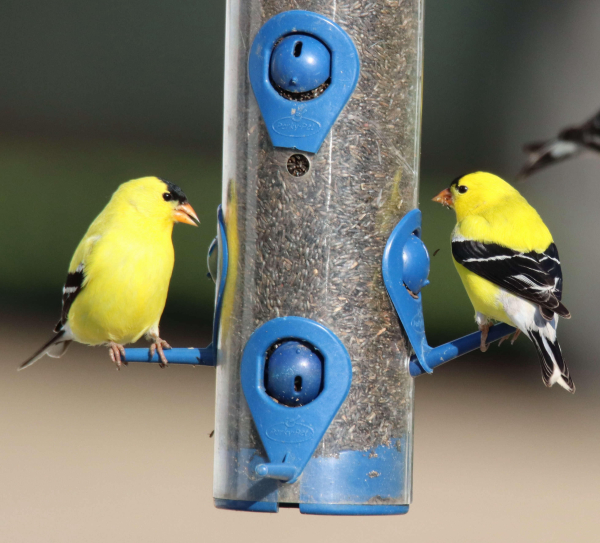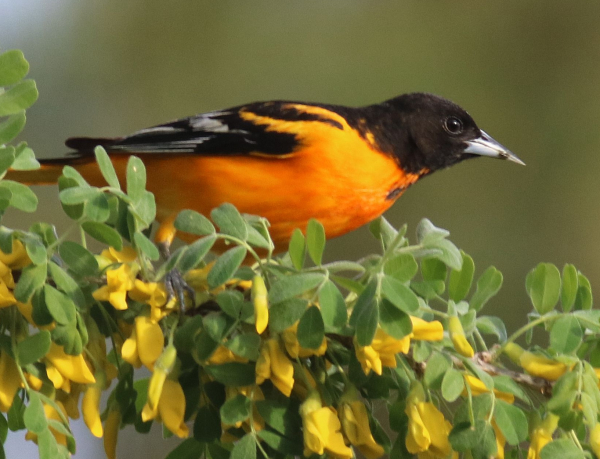Michigan: Reduce Effects of Tent Caterpillar On Your Trees

Forest tent caterpillar feeding is over in northern Lower Michigan – follow these steps to keep affected trees healthyThe forest tent caterpillar made life miserable for homeowners and woodlot owners across much of Michigan’s northern Lower Peninsula this spring as it fed on oak, aspen and sugar maple trees. The good news is that caterpillar feeding has come to an end for this season.
Widespread outbreaks occur in Michigan every 10 to 15 years. Past outbreaks peaked in 1922, 1937, 1952, 1967, 1978, 1990, 2002 and 2010. While caterpillar activity statewide can remain high for up to five years, outbreaks in any one locale normally last for two or three years. Outbreaks decline suddenly once parasites and other natural enemies become active.
“Trees rarely die from forest tent caterpillar defoliation unless they’ve been seriously weakened by drought, late spring frost or other stressors,” said Roger Mech, a forest health specialist with the Michigan Department of Natural Resources. “Heavily defoliated trees will develop a second set of leaves a few weeks after being stripped. These new leaves are often smaller than normal.”
Once caterpillar feeding stops, mass flights of forest tent caterpillar moths can occur in late June and early July. Adult moths do not feed. They will mate and die over the course of a few weeks.
Adult moths have a wingspan of around an inch, are buff-colored and have a broad brown band across the front wings. They are night fliers and often attracted to lights in large numbers.
The forest tent caterpillar is native to Michigan, where it has evolved with the state’s forests over the centuries. Fortunately, natural controls also have evolved, helping to prevent widespread damage following outbreaks.
One insect in particular, commonly known as the ‘friendly fly,’ is an effective parasite that lays its eggs on forest tent caterpillar cocoons, preventing them from developing into adult moths.
“These large, slow-moving flies do not bite, although they can be a nuisance for a few weeks when their numbers are high,” said Mech. “Just remember, they’re one of the good guys.”
Homeowners with trees that have been heavily defoliated should make sure those trees receive at least one inch of water per week during the growing season. Applying a slow-release tree fertilizer in the fall also will help trees recover quickly and prepare them for any defoliation that might occur next summer.
Now that caterpillar feeding is over, spraying insecticides is not an effective method of control. When caterpillars are small, spraying Bt – a biological insecticide – on the leaves can help protect foliage without affecting natural enemies of the forest tent caterpillar.
Woodlot owners should focus on keeping their forest healthy by periodically removing trees that are dead or in poor condition. This increases the amount of sunlight available to remaining trees and reduces competition for water and nutrients.
A professional forester or consultant can help develop a management plan that will ensure your woodlot is healthy and thriving. Contact your local conservation district or extension office for a list of area foresters.






